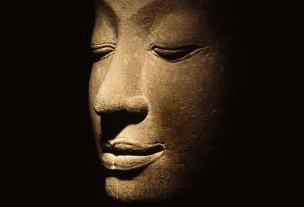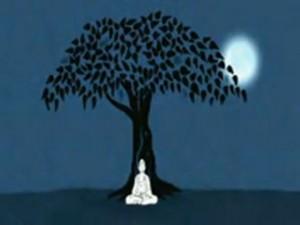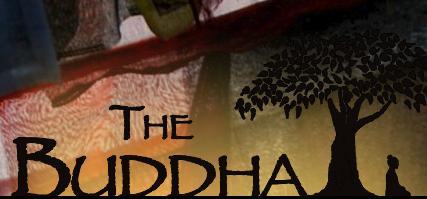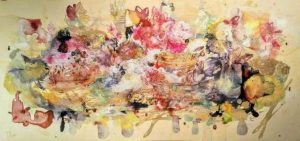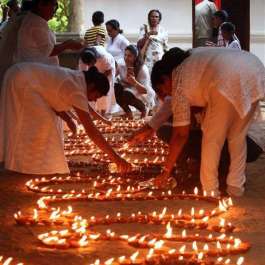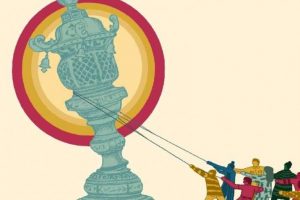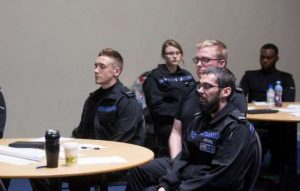In the preface to the film The Buddha, D. Max Moerman from Barnard University says, “Like any good story it has a lot to teach… the story of his [the Buddha’s] life is a beautiful way of telling the teaching.” Director David Grubin adopts this premise and lays out the basic tenets of Buddhism in his film by recounting the events in the Buddha’s life that inspired them – The Buddha is half biography, half introduction to Buddhism.
Along with Mr. Moerman, guiding us through Siddhartha Gautama’s journey from privileged prince to enlightened Buddha is a cast of scholars (Robert Tenzin Thurman, Kevin Trainor, Trinh X. Thuan, Mark Epstein, M.D.), poets (Jane Hirshfield, W.S. Merwin), Buddhist monks and nuns (The Venerable Bhaddhamanika, Venerable Metteyya Sakyaputta, with the Dalai Llama) making a few brief appearances. Each exudes a fond familiarity with the story, and glow with the excitement of sharing it with a new listener. Narration by Richard Gere and Blair Brown fills in the gaps of the story.
The film presents the life of the Buddha – the forsaking of his seemingly predestined familial duties in his quest for enlightenment, his failures, doubts, and temptations – in the manner of a classic hero’s journey. Emphasis is placed both on the Buddha’s humanness and the notion that his story is just that – a fable, a vehicle for the teachings. In the film’s prologue, poet W. S. Merwin points out, “We don’t know how much of it is pure fairy tale, and how much of it is historic fact. But it doesn’t matter.” That early distinction goes a long way to put Buddhism neophytes at ease to learn the origins of the religion (a word that is never used) is about. There is nothing to be believed here, only a story to be told.
Each chapter in the Buddha’s life is brought to life with rich footage of several key pilgrimage sites. From his birthplace in Lumbini to his final resting place in Kushinagara, each location and its people is captured in vivid detail. The challenge of dramatizing events in the Buddha’s life is met by using footage of traditional artwork, and with animation. Overall the various methods work seamlessly together as the film flows back and forth between the ancient origins of Buddhism and its modern practice.
From time to time, Grubin strays from his chosen structure – a brief introduction to yoga and a truncated discussion about the Vedic religion of Siddharta’s time feel like beautifully produced diversions. They are diversions that provide context, but along with the film’s meditative pace, they make the film feel a bit longer than it needs to be.
Necessarily, Grubin leans heavily on the lovely animation to tell a good portion of the story. In many cases, the animation is burdened with limning abstract concepts such as “interconnectedness.” The overall effect is to give The Buddha a quality of a children’s book. It does at times feel too simplistic, and it may not be engaging enough for someone already familiar with the teachings of the Buddha. But for those who are not, it is a colorful and clear introduction to Buddhism.



